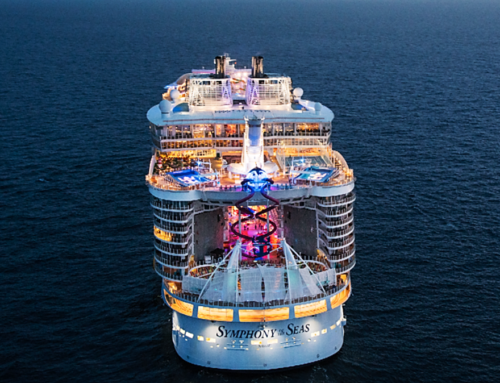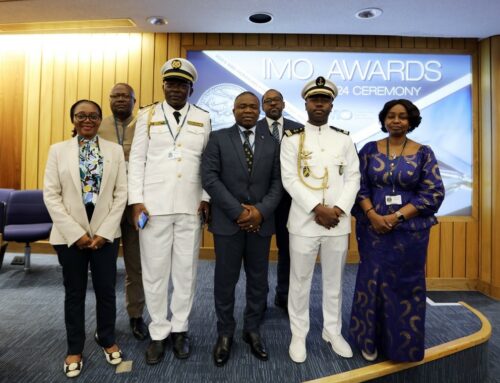In the Shadow of China’s Fleet, U.S. Turns to Korean and Japanese Shipyards for a Competitive Edge
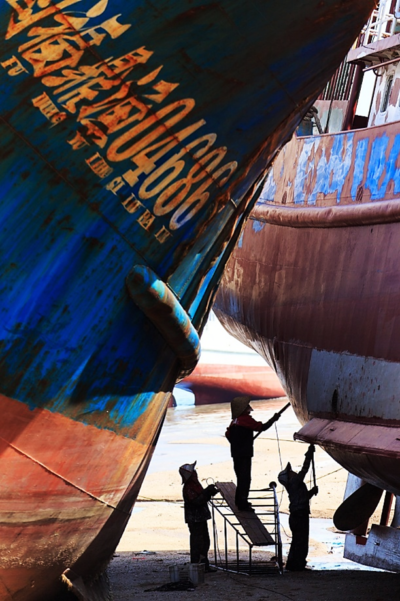 With China’s shipbuilding on a relentless rise, the United States is eyeing East Asia’s shipyard giants in South Korea and Japan as critical partners to rejuvenate its own naval shipbuilding industry. This partnership aims to counterbalance China’s naval expansion, ensuring that the U.S. remains a strong maritime force in an era marked by intense competition.
With China’s shipbuilding on a relentless rise, the United States is eyeing East Asia’s shipyard giants in South Korea and Japan as critical partners to rejuvenate its own naval shipbuilding industry. This partnership aims to counterbalance China’s naval expansion, ensuring that the U.S. remains a strong maritime force in an era marked by intense competition.
Reviving Dormant U.S. Shipyards
U.S. Navy Secretary Carlos Del Toro recently embarked on a tour of leading South Korean and Japanese shipyards, including HD Hyundai Heavy Industries in Ulsan, Hanwha Ocean on Geoje Island, and Mitsubishi’s Yokohama facilities. His goal: to encourage East Asian shipbuilders to establish subsidiaries and invest in U.S. facilities, breathing new life into inactive American shipyards. As the Navy’s statement clarified, these shipyards “are largely intact” and ready to be redeveloped.
The visit underscored a push for “new maritime statecraft,” a concept Del Toro introduced in a speech at Harvard University in September.
China’s naval power and shipbuilding capacity have surged dramatically, surpassing the U.S. Navy in 2014, and currently boasting over 370 battle force ships. This number is projected to climb to 435 by 2030. China’s People’s Liberation Army Navy (PLAN) commands nearly 50% of the world’s shipbuilding market, a share that outpaces the combined capacities of South Korea and Japan, which together represent close to 47% of the global market. The United States, in stark contrast, holds only 0.13% of the shipbuilding market.
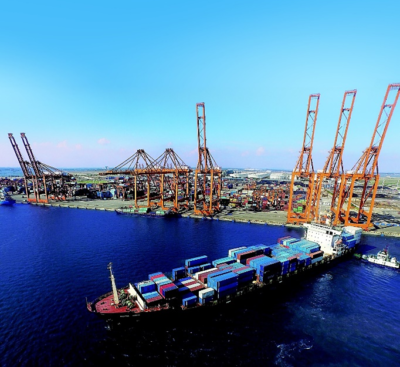 In response to these challenges, Matthew Funaiole, senior fellow at the Center for Strategic and International Studies, noted that engaging South Korea and Japan reflects a U.S. strategy to enhance both industrial and technological cooperation. This partnership could be pivotal for increasing U.S. shipbuilding output without incurring prohibitive costs.
In response to these challenges, Matthew Funaiole, senior fellow at the Center for Strategic and International Studies, noted that engaging South Korea and Japan reflects a U.S. strategy to enhance both industrial and technological cooperation. This partnership could be pivotal for increasing U.S. shipbuilding output without incurring prohibitive costs.
Balancing Innovation with Protectionism
While collaboration with foreign shipbuilders offers a path forward, it faces resistance from domestic players safeguarded by the Jones Act. This act, established in 1920, mandates that vessels operating between U.S. ports be American-built, owned, crewed, and registered. While the Jones Act aims to protect U.S. shipbuilding from foreign competition, it could also hinder the needed collaboration to revitalize American shipyards.
Zack Cooper, a senior fellow at the American Enterprise Institute, acknowledges this challenge, explaining that any collaboration “has to be balanced” against potential opposition from U.S. shipbuilders. However, he adds that an alliance with South Korean and Japanese shipbuilders could alleviate the burden on American shipyards, allowing them to handle critical maintenance and production tasks while expanding the nation’s overall naval capacity.
Dual-Use Strategy: China’s Military-Civil Fusion
China’s approach to shipbuilding utilizes the full strength of its commercial sector to support military objectives. Through its Military-Civil Fusion (MCF) strategy, China aims to remove barriers between commercial, scientific, and military spheres to enhance its naval power. This approach enables China to channel its robust commercial shipbuilding infrastructure into military expansion. To counter this, Funaiole suggested that the U.S. should caution its international partners about engaging with Chinese commercial shipbuilders, as they often play a significant role in advancing China’s military objectives under the MCF initiative.
A New Maritime Era with Strategic Allies
As the U.S. seeks to redevelop its maritime industry, South Korean and Japanese expertise could provide a competitive edge to narrow the gap in shipbuilding capabilities. As Terence Roehrig, a national security professor at the Naval War College, points out, the U.S. faces a dual challenge: producing sufficient ships at an affordable cost. Roehrig emphasizes that while it’s unlikely the U.S. will match the sheer scale of China’s naval fleet anytime soon, it maintains key advantages in technology, advanced weaponry, and specialized ships such as aircraft carriers and submarines.
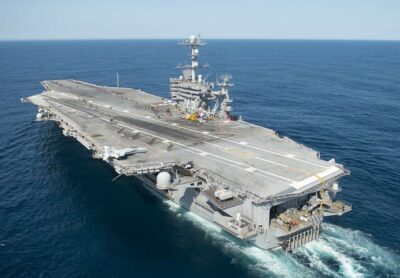 The future of U.S. naval power may hinge on an innovative alliance that leverages the technological and industrial strengths of South Korea and Japan. Revitalizing dormant shipyards, fostering technological collaboration, and establishing a strategic response to China’s assertive maritime ambitions could mark the beginning of a new maritime statecraft—one that strengthens alliances, boosts U.S. shipbuilding, and secures maritime dominance in the Indo-Pacific and beyond.
The future of U.S. naval power may hinge on an innovative alliance that leverages the technological and industrial strengths of South Korea and Japan. Revitalizing dormant shipyards, fostering technological collaboration, and establishing a strategic response to China’s assertive maritime ambitions could mark the beginning of a new maritime statecraft—one that strengthens alliances, boosts U.S. shipbuilding, and secures maritime dominance in the Indo-Pacific and beyond.
We at the Herd Law Firm are proud to fight for seamen, maritime workers and passengers in all types of personal injury and death claims. As maritime personal injury attorneys (and sailors ourselves!) located in northwest Houston, we never waver in our commitment to help these maritime workers, passengers, and their families when they are injured or mistreated.
10/31/2024
Image Credit: Pixabay, USCG








